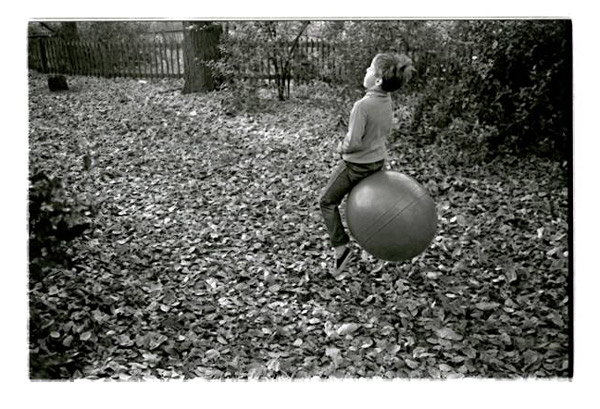Although working with
a diverse range of media, Simon Tyszko’s work is a unity.
The artist’s materials include neon,
video, bookworks, film, fabrics and assembled objects, whose area of exploration
tends to a retrospective enquiry of the emotions-usually autobiographical, and
often based around the family.
Presented as highly finished objects, their
polished physical perfectness belies the potent narratives that are behind them.
Personal critiques, they are based on reminiscences of resentment, hurt, or reflective
regret, the artist tempering his memories with a restrained, stylish humour, often creating a mood of ambiguous playfulness.
The joys and dysfunctional tragedies described
in Tyszko’s understanding
of home life are complemented by his imaginative analysis of the wider, politicised
social body.
Failing socio-economic and cultural value systems and their remorseless, cruel
glamour and exploitation – such as advertising, geo-political economics,
legislative prohibition (drugs), and pop culture – all become areas of
concern in the twists and turns of the artist’s psychological dynamic.
Whether using neon (the core symbol of consumer
culture), actual cocaine, or by the homely knitting of incongruous garments – straitjackets – Tyszko’s
practice identifies social forms against which the artist places the prismatic
dramas that are his art practice. |

Photographed
by his brother Stefan, Tyszko modeled the very first space hopper
in Europe for the Daily Express in 1968.
This glamorous high point
has never been matched,
and he has returned to this path in Holland
park at various points in his life,
looking perhaps, for echoes
of those iconic moments
and the sixpence he still bitterly remembers
loosing.
|